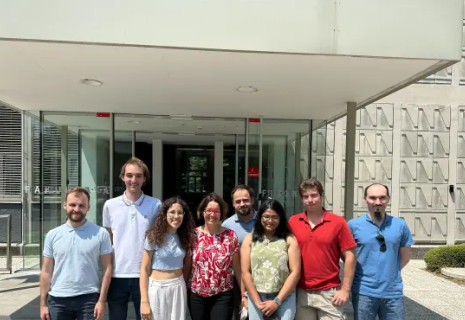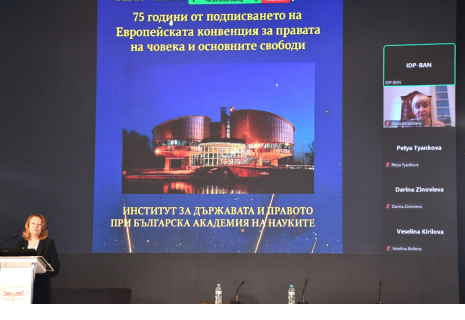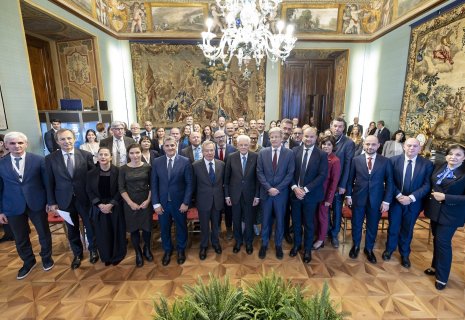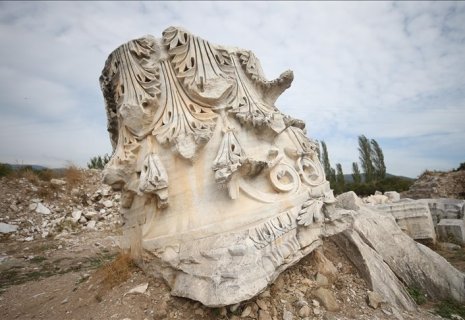
Archaeologists uncover Roman-era Corinthian temple in Türkiye
Excavation work in the ancient city located where the Kapıdağ Peninsula connects to the mainland continues throughout the year within the Ministry of Culture and Tourism’s “Heritage for the Future” Project.
The excavations in the ancient city in Düzler Neighborhood, whose history dates back to the mid-8th century BC, continue under the leadership of Dr. Ahmet Tercanlıoğlu, a faculty member of the Bandırma Onyedi Eylül University’s Department of Art History, CE Report quotes Anadolu Agency.
In the city, which for centuries was an important settlement and trade center due to its strategic location, excavations are being carried out at the Temple of Hadrian—considered to be the largest temple in Anatolia built in the Corinthian order (one of the three classical architectural styles, where columns rest on a base)—as well as the amphitheater and the necropolis (cemetery) area.
Most of the excavations in Kyzikos, one of the rare cities with three harbors, are focused on the Temple of Hadrian, which measures approximately 116 meters in length and 64 meters in width. The temple’s columns and frieze-band decorative motifs stand out for their beauty.
The massive column drums and column capitals that shed light on Roman-era art are expected to contribute to the city’s tourism after future restoration efforts.
“The temple draws attention with its monumental structures”
Excavation director Dr. Ahmet Tercanlıoğlu told AA that Kyzikos is one of Anatolia’s important cities.
Tercanlıoğlu noted that the city stands out with architectural features different from many others: “When we look at these structures, we see numerous buildings from the Greek, Hellenistic, and Roman periods,” he said.
Highlighting the scale of the Temple of Hadrian, Tercanlıoğlu emphasized that it is the second largest Corinthian-order temple in the Roman world:
“The Temple of Hadrian has held an important place in the excavations of Kyzikos. We see that the excavation work began at the end of the 1980s and continues to this day. The temple is a Roman religious structure from the 2nd century AD. The temple draws attention with its monumental structures. Measuring approximately 116 meters by 64 meters, the Kyzikos Temple of Hadrian contributes to the Roman world’s Corinthian-order art and religious life with its sculptural works and decorative motifs.”
Tercanlıoğlu added that the most striking finds during the excavations are the frieze bands. While most 2nd-century and later Roman temples have friezes decorated with various motifs or other elements, the Kyzikos frieze presents sculptural works depicting the East-West wars, scenes dedicated to Dionysus, the Gigantomachy, and similar themes.
“The Corinthian-order column capital is one of this year's most significant finds”
Tercanlıoğlu stated that 60% of the excavations at the Temple of Hadrian have been completed.
He explained that the excavations reveal architectural remains, sculptural works, and findings that illuminate the temple’s structural features:
“The temple’s architectural infrastructure is solid, but the upper structure, the columns, and other architectural elements are buried underground. We continue to uncover these through excavations. The temple contains massive column drums and column capitals. This year we have frequently come across remains belonging to the load-bearing system of the structure.”
Tercanlıoğlu noted that they have uncovered various column fragments:
“Especially the Corinthian-order column capital is one of the most important discoveries of this year. It appears to be the largest Corinthian capital ever found worldwide. In the columns, we see the artistic style of the Antonine period of the 2nd century. In the coming period, not only excavations but also restoration work will continue at the Temple of Hadrian, contributing to tourism in the region.”























